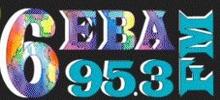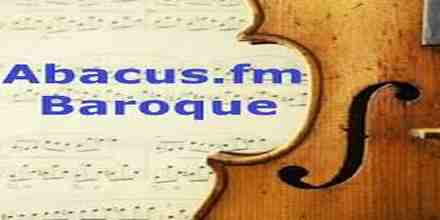Culture is an underground dancehall subgenre that emerged in Jamaica during the late 1970s and early 1980s, distinguished by its raw, unadulterated sound and socially conscious lyrics. This genre, often referred to as "Roots Danchall," serves as a cultural expression of the working class, addressing issues such as political corruption, social injustice, and spiritual enlightenment. The term "Culture" is often associated with the legendary Jamaican deejay Joseph Hill, who fronted the iconic group Culture, known for their powerful anthems like "Two Sevens Clash."
The music of Culture is characterized by its minimalist production, featuring sparse instrumentation that typically includes a heavy bassline, a steady drum pattern, and occasional guitar or keyboard riffs. The vocals are often delivered in a rapid-fire, staccato style, with deejays rapping over the rhythm in a call-and-response fashion. This style of delivery is known as "toasting," and it is a hallmark of dancehall music.
Lyrics in Culture are deeply rooted in Rastafarian beliefs and African heritage. They often explore themes of resistance against oppression, the importance of community, and the quest for spiritual liberation. The genre's lyrics are not only politically charged but also serve as a form of storytelling, weaving narratives that reflect the daily struggles and triumphs of the Jamaican people. Songs like "Black Star Liner" by Culture delve into the history of African diaspora and the promise of repatriation to Africa.
The influence of Culture extends beyond Jamaica, impacting various music genres globally. Its raw energy and socially conscious messages have resonated with audiences in reggae, hip-hop, and other forms of urban music. Artists like Bob Marley and Peter Tosh, while not strictly within the Culture subgenre, drew inspiration from its themes and styles, helping to spread its influence worldwide.
Live performances of Culture are often high-energy affairs, with deejays engaging directly with the audience, creating an intimate and dynamic atmosphere. The genre's emphasis on community and collective experience is evident in these live settings, where the music serves as a unifying force. Dancehall sessions, known as "sound system clashes," are a crucial part of the Culture scene, where rival sound systems compete to play the best and loudest music, showcasing their selection skills and technical prowess.
The visual aesthetics of Culture are equally striking, with vibrant colors, intricate patterns, and symbols that reflect Rastafarian culture. These elements are often seen in album artwork, stage designs, and fashion choices of artists within the genre. The iconic lion symbol, representing strength and courage, is a common motif, as are images of nature and African heritage.
In recent years, Culture has experienced a resurgence, with new generations of artists drawing inspiration from its rich legacy. Modern producers and deejays continue to innovate within the genre, blending traditional elements with contemporary sounds to create fresh interpretations of Culture's timeless themes. This ongoing evolution ensures that the spirit of Culture remains alive and relevant, continuing to inspire and empower listeners around the world.
The impact of Culture on global music cannot be overstated. Its unapologetic stance on social issues, combined with its infectious rhythms and powerful lyrics, has made it a cornerstone of Jamaican musical heritage. Whether through classic anthems or modern reinterpretations, Culture continues to resonate with audiences, serving as a testament to the enduring power of music as a tool for social change and cultural expression.
 3.3k
3.3k
 2
Russia, Moscow Culture 128 kbps MP3
2
Russia, Moscow Culture 128 kbps MP3 3.2k
3.2k
 1
Italy Culture 66 kbps AAC (LC)
1
Italy Culture 66 kbps AAC (LC) Radio Nostalgia LisboaRadio Nostalgia Lisboa
Radio Nostalgia LisboaRadio Nostalgia Lisboa 2.1k
2.1k
 2
Portugal Culture
2
Portugal Culture









































